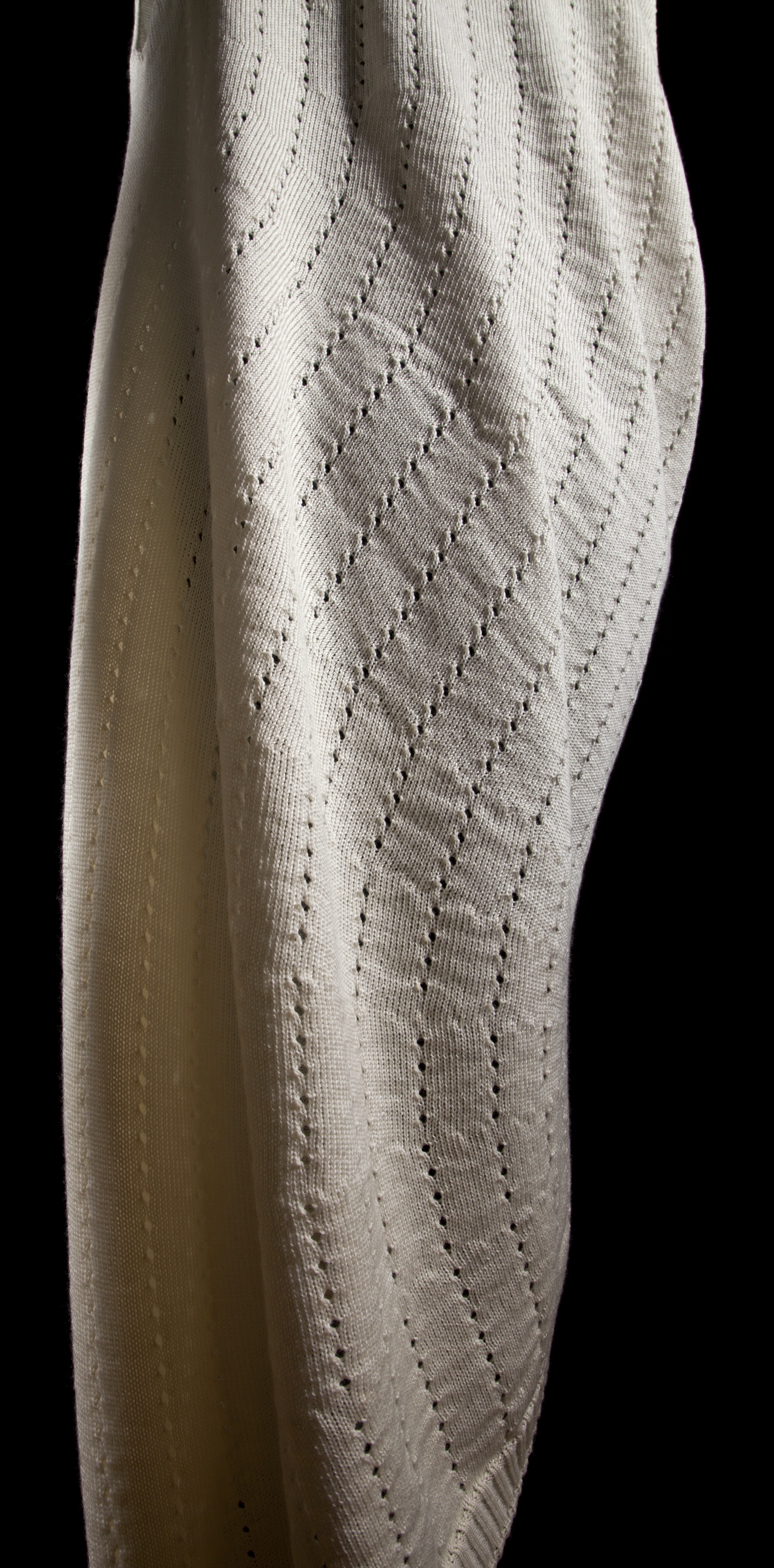Angela Finn and Amanda Smith
Built for Niche: Rethinking the Role of Manufacturing in Developing Designer Fashion in New Zealand
Angela Finn
Auckland University of Technology
a.finn@qut.edu.au
Amanda Smith
Auckland University of Technology

Bio Angela Finn
Angela Finn is an Australian researcher and Senior Lecturer in Design at Auckland University of Technology in New Zealand. At the time of writing she is in the process of submitting her final PhD thesis at QUT in Brisbane, Australia. Her published research is focused on the role of design in creating more sustainable fashion industry practices, craftsmanship and make, and knowledge transfer for practitioner research in fashion design. For more information you can view her profile online at http://qut.academia.edu/AngelaFinn

Bio Amanda Smith
A Senior Lecturer at AUT University, Auckland, New Zealand, Co-Director of the Textiles Design Laboratory, Programme Leader Master of Art and Design, Strand Leader (Fashion and Textiles) Art and Design Honours. Areas of research; fashion and textiles, the craft/technology interface, role of design and the designer, specialising in seamless knitwear.
The fashion system in New Zealand has strong ties to its northern hemispheric roots, largely due to its colonial past. As a result, local understandings of fashion and design have been derived from predominant British influences in terms of garment design, aesthetics, construction and manufacturing systems. This paper examines the appropriateness of continuing to follow these traditional systems as opposed to exploring more dynamic methods suited to the local environment and culture. Through a discussion of critical and theoretical contexts including Deleuze’s theory of the ‘production of difference’ (Deleuze 1994), a global fashion economy and the disconnection of design from geography in the virtual marketplace, the authors proposed that there is a significant refocus which needs to happen for New Zealand fashion to reinvent itself as a dynamic and international industry. The rethinking of traditional methods of manufacturing and use of technology offer the best opportunity to act as a driver for innovative design both in terms of process and aesthetics.
Knitwear Design in New Zealand is used as a case study to explore the differences and similarities between local design and manufacturing models compared to those in the United Kingdom. The argument is; adhering to traditional methods of manufacturing are connected to reproduction of a particular traditional design aesthetic and have prevented more experimental use of new technology: in this case, the use of the Shima Seiki whole garment machine in the local knitwear industry in anything other than a traditional mode. Similarly, the continued focus of traditional methods of garment construction could be limiting the development of more innovative fashion design. New Zealand does not need to manufacture more clothing but instead should focus on producing high end, distinctive product for an international niche market, a strategy that has proven successful for other New Zealand industries, particularly the premium wine and tourism industries.



